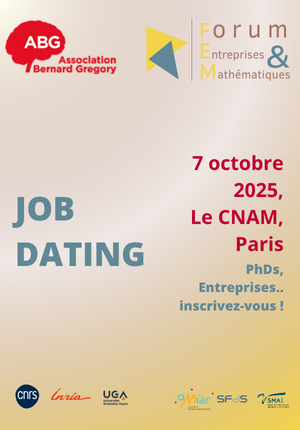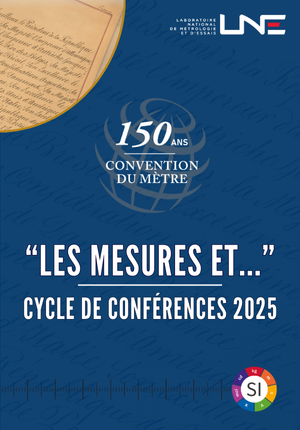Combined Earth and electric gravity on a fluid in a cylindrical annulus
| ABG-129574 | Thesis topic | |
| 2025-03-17 | Public funding alone (i.e. government, region, European, international organization research grant) |
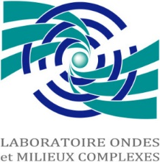
- Physics
- Energy
Topic description
Between 2008 and 2016, the GEOFLOW experiment realized by Pr. Christoph Egbers’ team at the Department of Aerodynamics and Fluid Mechanics (BTU-LAS) in Cottbus (Germany), was running onboard the International Space Station. Its mission was to reproduce the conditions of a convective atmosphere in a spherical shell. To do so, a dielectric liquid was confined between two differentially rotating spherical electrodes that produced both a radial electric field and a radial temperature gradient. This experiment will be followed by the ATMOFLOW experiment that will be able to heat the equatorial region and to cool the polar regions, for a more realistic atmospheric model [1]. The key point of these experiments is to generate an artificial centripetal gravity field due to the electric tension applied by the electrodes.
The mechanism through which the artificial gravity is generated is well described. The application of an inhomogeneous alternating electric field to a dielectric fluid induces the dielectrophoretic (DEP) force which results from the differential polarization in the fluid particles. As the electric permittivity depends on the fluid density, a non-conservative term emerges from the DEP force when a temperature gradient is applied to the fluid. The non-conservative term can be expressed in an analogy with the Archimedean buoyancy force by introducing an electric gravity (EG). The EG corresponds to the gradient of the electric energy stored in the fluid, which strongly depends on the considered geometry. This gravity is used to define the electric Rayleigh number which measures the magnitude of the electric buoyancy force.
To study the effect of a centripetal EG, one can apply the DEP force between two vertical concentric cylindrical electrodes. In that case, outward heating can induce the convection of the fluid when the critical electric Rayleigh number is reached. Many experiments were performed under laboratory conditions, and also during the microgravity phases of parabolic flights and a sounding rocket flight [2]. The main objective of such experiments is to characterize the thermoelectric convective flow induced by the DEP force. Additionally, the evaluation of the associate heat transfer provides a potential improvement of new controllable heat exchanger devices. Although the DEP instability is relatively well understood in the absence of gravity, the Earth’s gravity effect still must be clarified. On the one hand, the natural convection occurring in laboratory experiments brings about a vertical stratification of the fluid density that tends to stabilize the flow [3]. On the other hand, a hyper-gravity phase precedes the weightless environment of a parabolic flight, and it modifies the flow state from which the DEP instability occurs. For instance, it was shown experimentally that a waiting period before the activation of the DEP force at the beginning of the µg phase increases the growth rate of the DEP instability [4].
The objective of the thesis is to investigate the combined effect of the Earth gravity and DEP force. Numerical simulations of the finite sized cylindrical annulus can be performed with the commercial solver COMSOL Multiphysics accessible at the LOMC. The size of the system and the dielectric fluid properties have an impact on the flow dynamics and can be numerically investigated in accordance with the experiments undertaken at the BTU-LAS. The time sequence of vertical gravity can also be addressed in regard to the parabolic and sounding rocket flight experiments. In addition, an existing code for the linear stability analysis of the problem can be modified to include the axial density stratification [5]. The resulting critical parameters are expected to better predict the experimental observations. An international exchange is expected with our partners from the BTU-LAS for the scientific support of parabolic flights preparation through an ERASMUS + program.
References:
1- Zaussinger, F., et al. (2019). AtmoFlow-investigation of atmospheric-like uid ows under microgravity conditions. Microgravity Science and Technology, 31(5), 569-587.
2- Meyer, A., et al. (2023). Thermo-electric convection in a cylindrical annulus during a sounding rocket ight. Journal of Fluid Mechanics, 972, A26.
3- Seelig, T., et al. (2019). Dielectrophoretic force-driven convection in annular geometry under Earth’s gravity. International Journal of Heat and Mass Transfer, 139, 386-398.
4- Meyer, A., et al. (2019). E ect of the initial conditions on the growth of thermoelectric instabilities during parabolic ights. Microgravity Science and Technology, 31, 715-721.
5- Bergholz, R. F. (1978). Instability of steady natural convection in a vertical uid layer. Journal of Fluid Mechanics, 84(4), 743 768.
Starting date
Funding category
Funding further details
Presentation of host institution and host laboratory
Né suite au regroupement en 2007 du Laboratoire d’Acoustique Ultrasonore et d’Electronique (LAUE, UMR CNRS 6068) avec le Laboratoire de Mécanique, Physique, et Géosciences (LMPG, EA 2255), le LOMC (Laboratoire Ondes et Milieux complexes) est depuis le 01/01/2012 une unité mixte de recherche (UMR) (sections 10 et 09 de l’INSIS du CNRS).
Le terme Ondes regroupe les ultrasons, la houle, et les motifs spatio-temporels ainsi que l’étude du rayonnement. L’expression Milieux Complexes correspond aux milieux poreux, aux milieux composites, aux ouvrages (de Génie Côtier par exemple) mais aussi, plus récemment, aux milieux physiques extrêmes comme le milieu interstellaire ou les plasmas.
Il comporte environ une centaine de membres permanents et non-permanents.
Website :
PhD title
Country where you obtained your PhD
Institution awarding doctoral degree
Graduate school
Candidate's profile
The candidate should have a Master degree with important background in Hydrodynamics and Electromagnetism. Knowledges of numerical simulations and numerical methods are appreciated. Good English is required.
Vous avez déjà un compte ?
Nouvel utilisateur ?
Get ABG’s monthly newsletters including news, job offers, grants & fellowships and a selection of relevant events…
Discover our members
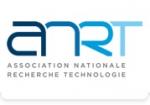 ANRT
ANRT 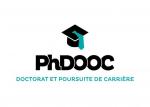 PhDOOC
PhDOOC  CASDEN
CASDEN 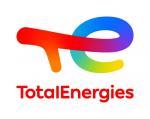 TotalEnergies
TotalEnergies  Aérocentre, Pôle d'excellence régional
Aérocentre, Pôle d'excellence régional  Laboratoire National de Métrologie et d'Essais - LNE
Laboratoire National de Métrologie et d'Essais - LNE 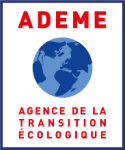 ADEME
ADEME  SUEZ
SUEZ  Institut Sup'biotech de Paris
Institut Sup'biotech de Paris  Ifremer
Ifremer  MabDesign
MabDesign  Groupe AFNOR - Association française de normalisation
Groupe AFNOR - Association française de normalisation  Nokia Bell Labs France
Nokia Bell Labs France  ONERA - The French Aerospace Lab
ONERA - The French Aerospace Lab  MabDesign
MabDesign  CESI
CESI  Tecknowmetrix
Tecknowmetrix  Généthon
Généthon  ASNR - Autorité de sûreté nucléaire et de radioprotection - Siège
ASNR - Autorité de sûreté nucléaire et de radioprotection - Siège

